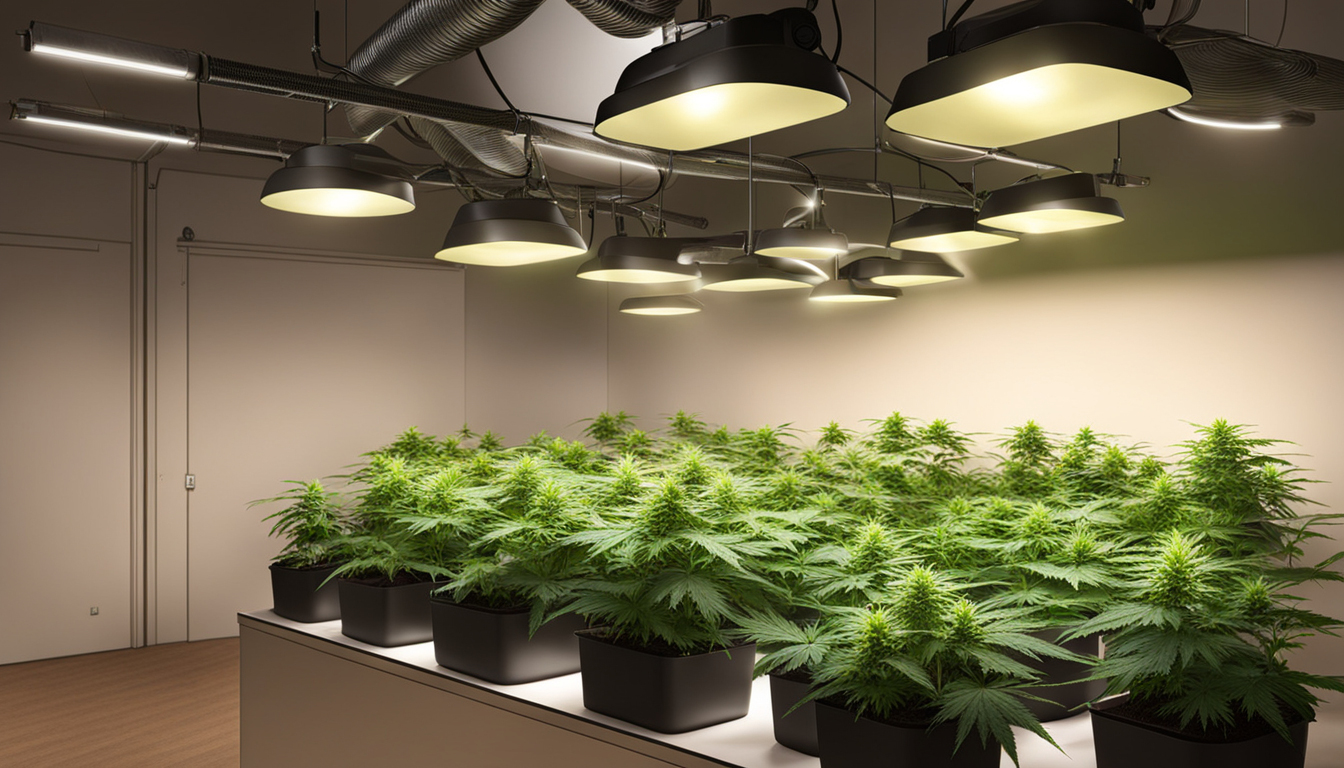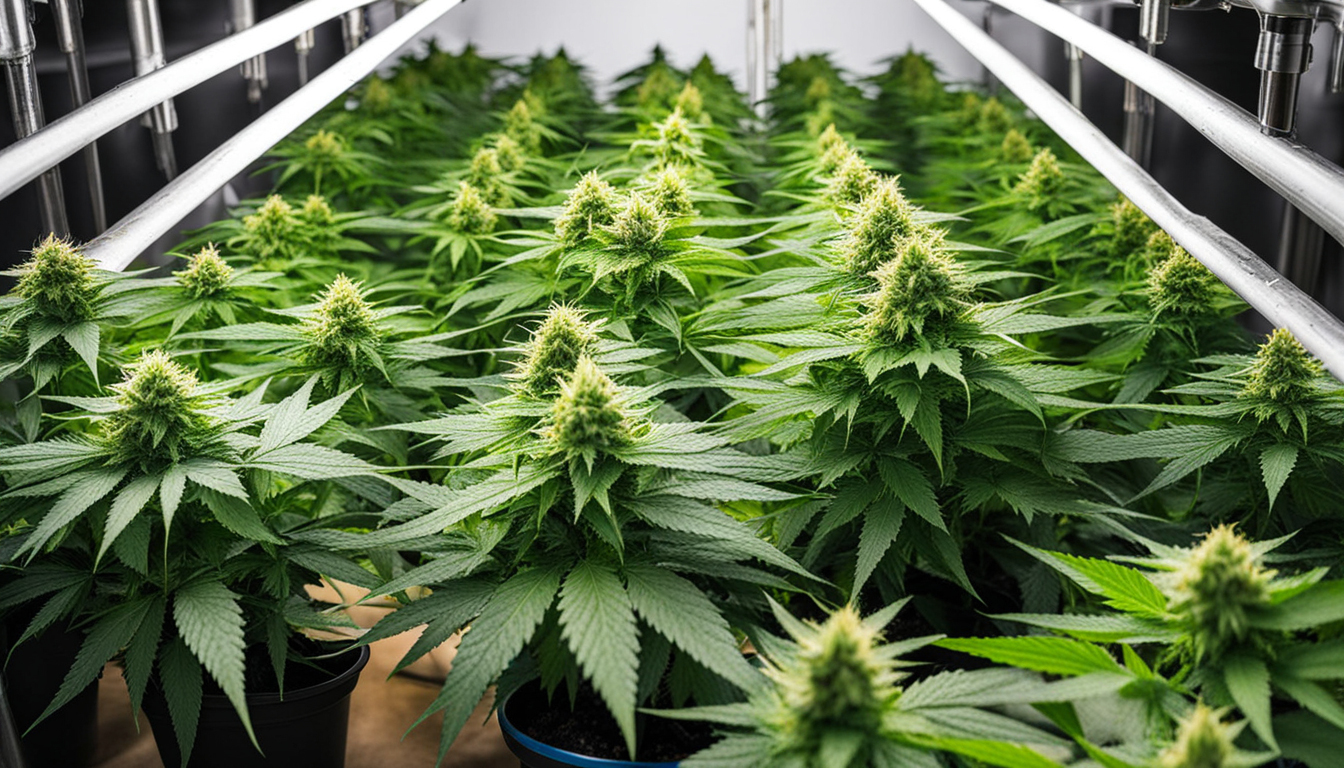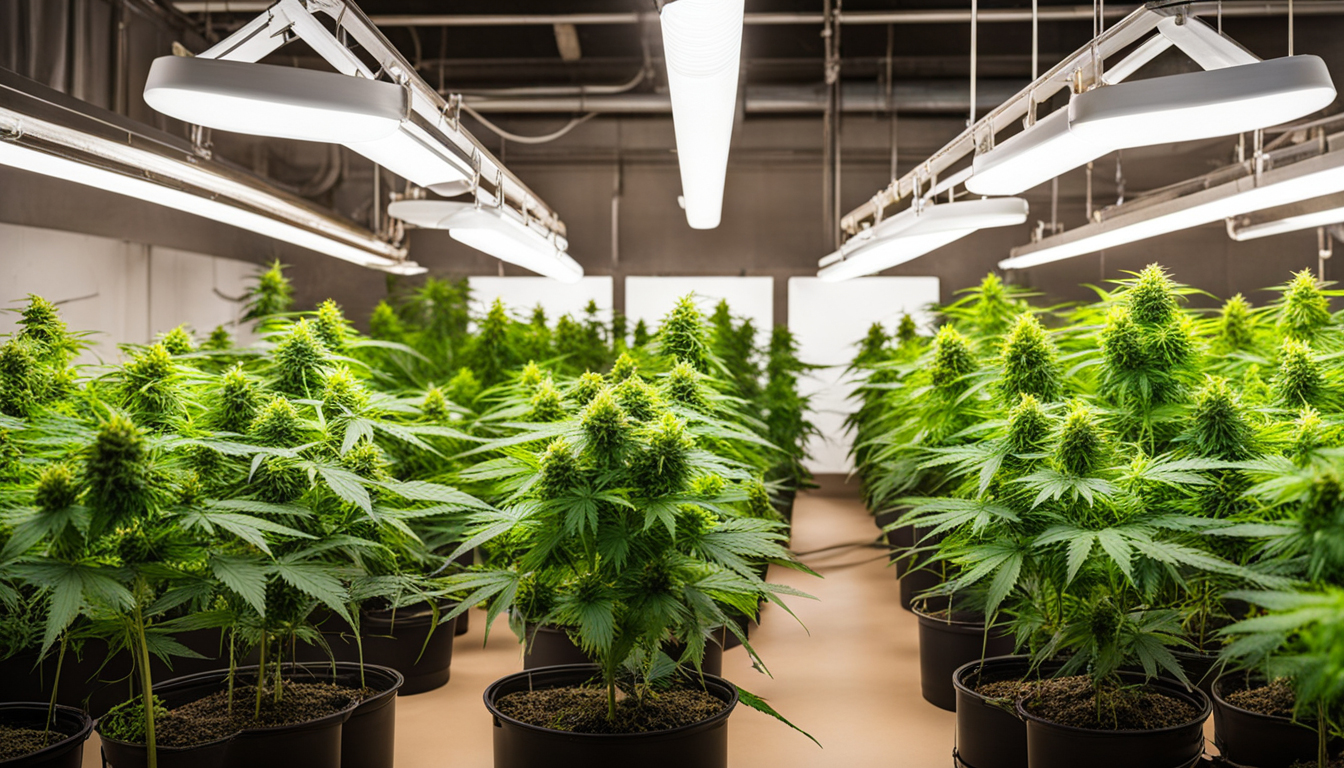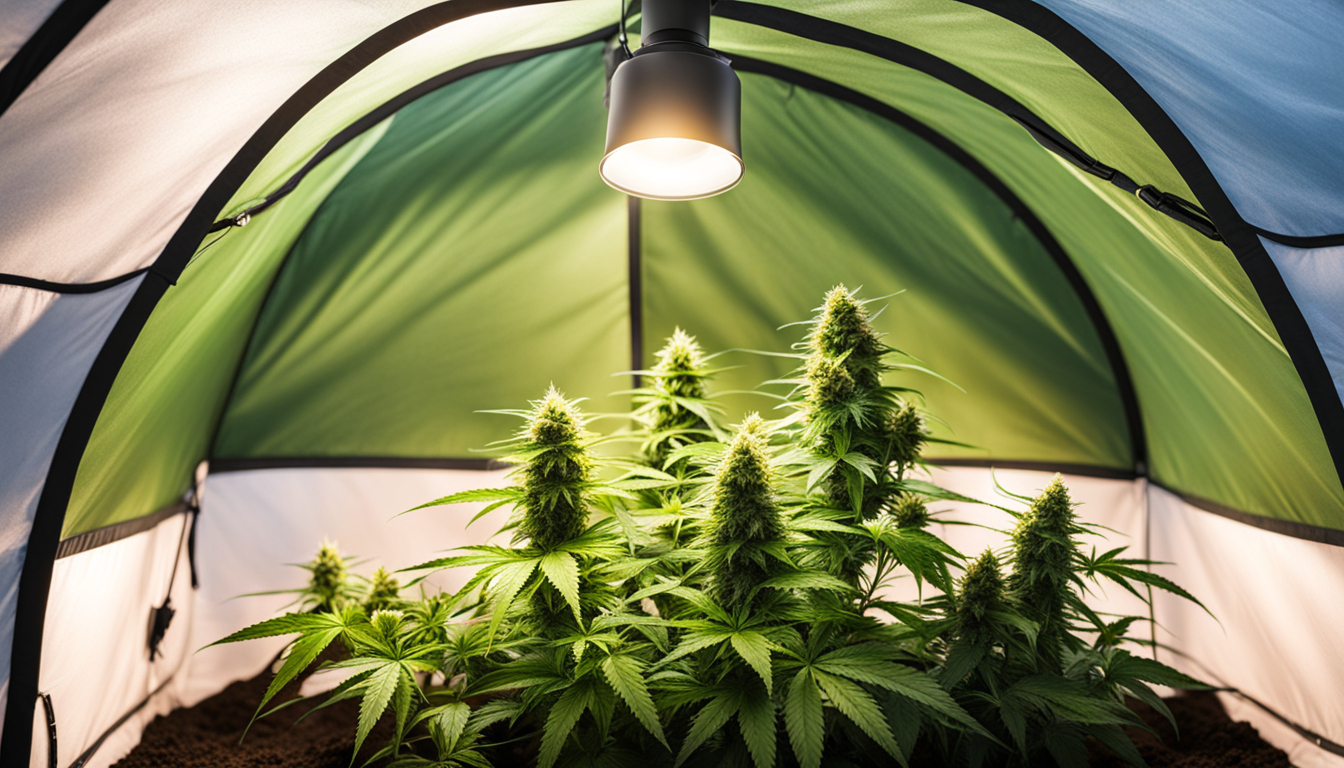
Whether you're just starting out with pot cultivation or looking to improve your existing crop, following this complete guide will help you produce big, high-quality yields right at home. With the right supplies, techniques, and care, growing marijuana indoors can be an extremely productive and cost-effective endeavor.
Choosing Cannabis Strains
The first step in planning your indoor crop is picking the right marijuana cultivars to produce. The three main types of pot plants each have their own characteristics.
Sativas
Known for their invigorating intellectual effects, these strains spread tall and slender with narrow leaves. They flourish in warmer equatorial climates and have a longer flowering time between 10-12 weeks indoors. Top sativa strains include Jack Herer, Durban Poison, Super Lemon Haze, and Jack Herer.
Relaxing strains
Indicas provide calming body-focused effects and grow short and bushy with wide leaves. Accustomed to colder mountain climates, they flower faster within 8-9 weeks. Popular indica strains include Granddaddy Purple, Northern Lights, and Bubba Kush.
Mixed strains
Mixed varieties mix traits from both energizing strains and relaxing strains. They offer blended effects and have medium flowering periods around 9-10 weeks. Well-known hybrids are OG Kush, Girl Scout Cookies, and Blue Dream.

Setting Up Your Grow Space
Cannabis plants need the right controlled environment to succeed. Key factors for indoor cultivations are lights, ventilation, layout, and finding the ideal discreet location.
Location
Choose an unused space with direct access to irrigation and electrical outlets. An empty spare room, large closet, basement corner, or grow tent locked away in a garage all make great discreet cultivation room spots.
Lighting
Cannabis requires powerful light for all vegetative stages. LED grow lights are energy-efficient and come in broad spectrum options replicating natural sunlight. Provide 250-400 watts per square foot for the growth stage and 400-600 watts per square foot for flowering.
Airflow
Proper ventilation and exhaust systems maintain ideal temperature, moisture, and fresh CO2 levels. Install low-noise 10-15 cm fans or scrubbers to circulate stale air and reduce smells.
Layout
Maximize your space by positioning plants carefully under the lights and allowing room to access and work around them. Set up separate zones for growth, bloom, curing, and cloning.

Cultivation Mediums
Marijuana can be cultivated in different substrates, each with pros and cons. Pick a appropriate option for your specific setup and cultivation style.
Soil
The classic substrate, soil is affordable and easy for new growers. It provides great taste but requires more irrigation and nutrients to feed plants. Amend soil with vermiculite or coir to improve aeration.
Coco Coir
Made from coir, renewable coco coir holds water but still allows air to the roots. It's more sterile and more consistent than soil. Use coco-specific fertilizers to avoid calcium buildup.
Water systems
In hydro systems, plant roots develop right in nutrient irrigation solution. This allows quick development but needs close observation of solution chemistry. DWC and drip systems are common methods.
Sprouting Seeds
Germination prepares your pot seeds to begin growing radicles. This prepares them for transplanting into their cultivation medium.
Paper Towel Method
Place seeds between wet paper towels and maintain them damp. Check after 2-7 days for growing radicles indicating sprouting is complete.
Planting directly
Plant seeds directly into wetted cultivation medium 1⁄4 inch deep. Gently water and wait 1-2 weeks until seedlings break through the surface.
Cubic rockwool
Soak rockwool cubes in balanced water. Place seeds 6mm deep into the cubes. Keep cubes moist until sprouts appear within 1-14 days.
Transplanting Young plants
Once germinated, cannabis seedlings need to be transplanted to prevent crowding. Move them into appropriately sized containers.
Preparing Containers
Load large containers with growing medium amended with slow-release fertilizer. Let pots to absorb water overnight before repotting.
Carefully Transplanting
Gently separate young roots from sprouting medium using a spade. Place into prepared container at same depth as before and gently water in.
Growth Stage
The growth stage encourages leafy growth and plant structure through 18-24 hours of daily lighting intensity. This stage usually lasts 1-2 months.
Using 3/4 to full day of Light
Use grow lights on a 24 daily schedule or outdoor light to initiate constant photosynthesis. Light intensity influences size and internodal spacing.
Nutrients
Use grow stage fertilizers richer in N. Make sure pH remains around 5.8-6.3 for full nutrient absorption. Feed 1⁄4 to 1⁄2 strength after 2 weeks and increase gradually.
Training Techniques
Fimming, LST, and trellising direct shoot patterns for even canopies. This increases yields.

Flowering Stage
The blooming stage grows buds as plants reveal their sex under a 12/12 light schedule. It lasts 2-3 months based on variety.
Switching to 12/12
Switch grow lights to 12 hours on, 12 hours off or place outside for outdoor 12/12 timing. This triggers plants to begin flowering.
Stop Fertilizing
Leaching flushes out fertilizer residuals to improve taste. Feed lightly the Send a Message first weeks then just use plain water the last 2 weeks.
Flushing
Maintain 12/12 light timing but flush using pH-balanced water only. Return to clean watering if buds aren't ripe after two weeks.
Reaping
Recognizing when weed is fully ripe delivers peak cannabinoid content and aroma. Harvest plants at peak ripeness.
Signs of readiness
Look for swollen calyxes, faded pistils, and 5-15% cloudy trichs. Check buds around the plant as they won't all ripen evenly.
Cutting Plants
Use sterilized, razor-sharp pruning shears to carefully slice each plant at the base. Leave several inches of stalk attached.
Drying
Hang intact plants or branches upside down in a lightless room with average temperature and RH around 50-60% for 7-14 days.
Aging
Aging continues desiccating while improving the buds like fine wine. This technique cannabis grow guide smooths harshness and intensifies cannabinoid and terpene profiles.
Curing containers
Trim cured buds from branches and place into sealed containers, filling about 3⁄4 full. Use a sensor to measure container humidity.
Burping Daily
Unseal jars for a short time daily to gradually reduce humidity. Remoisten Learn More buds if RH drops below 55%.
Long term storage
After 2-3 weeks when moisture stabilizes around 55-65%, do a final manicure and store forever in sealed jars.
Troubleshooting
Even seasoned growers run into different cannabis plant problems. Detect issues soon and address them correctly to maintain a vibrant garden.
Nutrient Deficiencies
Chlorosis often indicate inadequate nitrogen. Purpling stems and leaves show low phosphorus. Check pH and boost nutrients slowly.
Pests
Thrips, aphids, fungus gnats, thrips, and nematodes are common marijuana pests. Use neem oil sprays, predator bugs, and sticky traps for natural control.
Powdery mildew
High moisture encourages botrytis and bud rot. Increase circulation and circulation while reducing humidity under 50% during flowering.

Summary
With this complete indoor weed growing guide, you now have the knowledge to grow bountiful strong buds for personal harvests. Apply these techniques and methods throughout the seed starting, growth, and bloom stages. Invest in quality gear and closely check on your plants. In time, you'll be rewarded with frosty fragrant buds you raised yourself under the patient guidance of your green thumbs. Happy growing